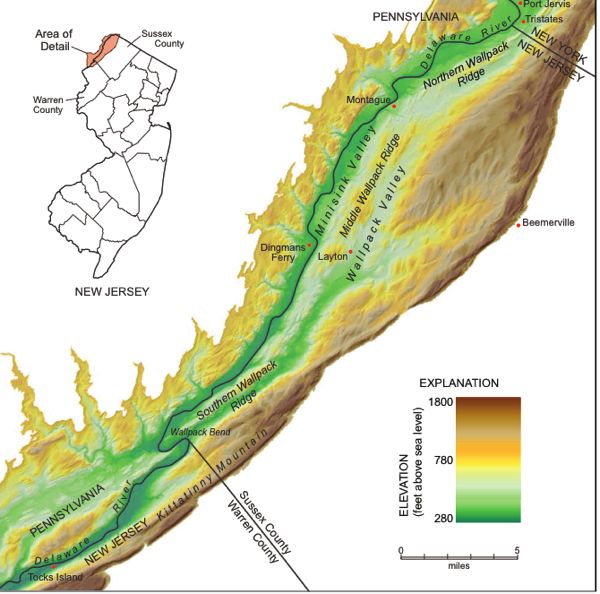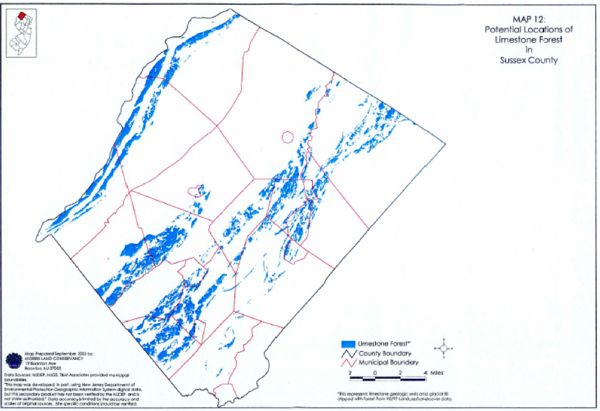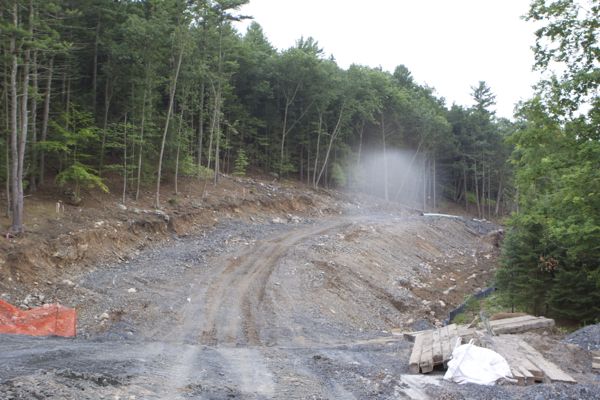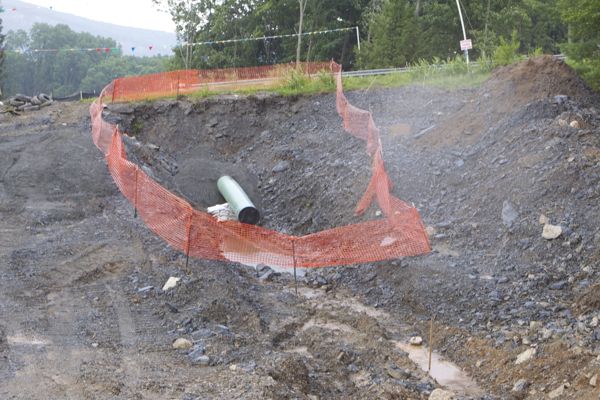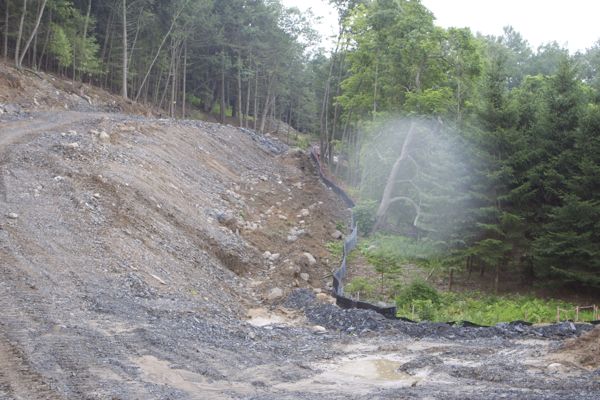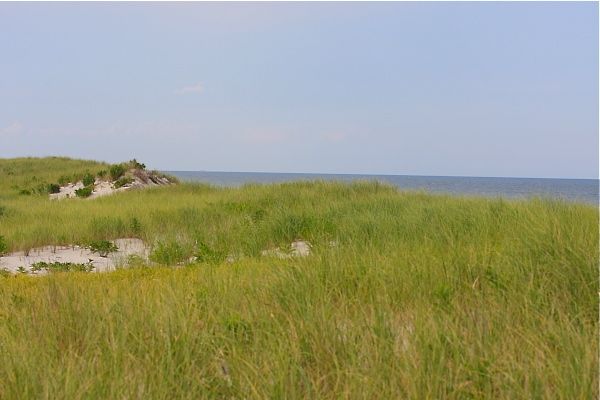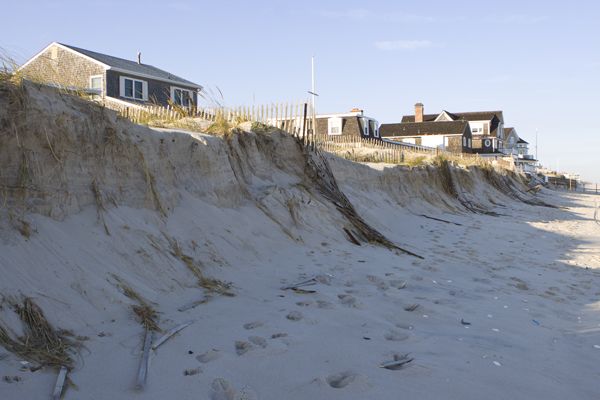Christie Turns DEP Enforcement Into Wet Nurse for Business
No Longer An Adversarial Role Between DEP Cops and Corporate Crooks
From Polluters to Customers
Radical Business friendly enforcement policy demands legislative oversight
~~~ A wet nurse is a woman who breast feeds and cares for another’s child.
[Update: 7/21/13 – Morris Daily Record editorial agrees with us: Tip scales back to environment
A state Department of Environmental Protection spokesman said the new strategy often means “picking up the phone, not sitting at the desk and churning out 50 violations.”
That all sounds good. It’s also plain old nonsense, pure political spin. The violations falloff is just another sign that state government these days will bow to business demands over environmental concerns at every opportunity.
Tom Johnson at NJ Spotlight has an important must read story today: At State DEP, Investigations Climb But Number of Enforcement Actions Falls
I’ve written in detail about how the Christie Administration has gutted enforcement of environmental laws and regulations, so I’ll just make a few quick points:
1. The steep decline in enforcement actions understates the radical policy shift
NJ Spotlight reports on data in a DEP Enforcement Report for fiscal years 2011-2012 –
Connecting critical dots, and avoiding the trap of journalistic he said/she said claims, the story links the enforcement decline with the Christie administration’s efforts to dismantle regulations and states a conclusion that comes down in support of environmentalists:
In the state’s fiscal year 2012, there were 13,555 enforcement actions taken by the agency, a steep drop-off from the 29,570 violations cited by the agency four years earlier. […]
The report seems to bolster concerns from environmentalists that the Christie administration has taken a less aggressive approach to enforcing the state’s environmental laws, once considered among the most stringent in the nation.
That’s a 54% decline.
[Note: with so called “compliance inspections” allegedly increased by 40%, that 54% enforcement decline is even worse. What those numbers hide is the policy change: traditional compliance and enforcement inspections, where DEP inspectors looked for violations of regulatory requirements, have been fundamentally changed. DEP inspectors now look in order to provide “compliance assistance” and cooperation. DEP now visits regulated facilities and sites acting as consultants to business, not cops.]
But as bad as that decline is, it reflects a fundamental and radical shift in regulatory and enforcement policy.
DEP enforcement staff have become consultants to regulated industry.
Historically, that has never been DEP’s role.
By definition, enforcement is supposed to be adversarial, to provide both punishment to the individual violator and deterrence for others.
The cop that pulls me over for speeding is not supposed to help me tune up my engine so I can go faster.
The adversarial relationship has been abandoned – DEP now provides customer service to business to enhance their profitability (see: DEP’s New Enforcement Priorities).
The spinmeisters at DEP mask this gutting of enforcement by slogans – like compliance assistance and sustainable business.
2. DEP Commissioner Martin – Mr. Metric – has no performance metrics to assess the radical new policy
Bob Martin arrived on the scene with guns blazing, attacking DEP bureaucracy, DEP culture, and DEP science.
In addition to treating regulated businesses like ‘customers” and making DEP more “customer friendly, Martin pledged to develop management and environmental metrics, to prove he could do more with less, while slashing job killing red tape.
Well, it’s been almost 4 years now and Martin has done squat – NADA, NOTHING. No Metrics. All slogans.
But Martin has slashed regulations and enforcement for Gov. Christie’s business cronies, at the expenses of the land, air, water, natural resources and future climate viability of the state.
3. The Christie DEP’s new enforcement policy is not authorized by statute, is inconsistent with legislative intent, and therefore warrants legislative oversight.
The legislature enacts laws that provide for protective standards and requirements that must be met and fines and penalties for violations of those laws.
The Legislature delegates enforcement discretion to DEP to assure compliance with those laws.
The legislative intent if for DEP to enforce those law under traditional concepts of punishment and deterrence reflected in the body and provisions of all environmental laws.
Those laws do not authorize DEP to surrender enforcement power and engage in consulting services for “business stewardship”.
The drastic drop off in enforcement performance and the radical new policy warrant legislative oversight, because the Executive Branch is engaging in lawless behavior that is inconsistent with statute and legislative intent.
Perhaps the annual summer joint hearings down the shore would be an opportune time to conduct that oversight.
4 . The staff declines also underestimate the institutional devastation due to loss of veteran staffers to retirements.
In addition to losing positions, DEP has suffered massive retirement of senior staff.
Loss of experienced staff is a major problem, especially because positions lost via attrition through retirements can not be replaced.
That personnel and budget policy must change.
Assistant Commissioner for Enforcement Wolf Skacel was a true professional – he just retired after a long and stellar DEP career. He will be missed.

